
How Stephen Gould Scaled Its Capacity by 30% without Making a Single Hire
It is important to not just look at the turnover rate of your company but to also identify the reasons for it. Here are some of the most common reasons why employees leave their jobs:
High turnover in your organization can be both a great achievement and a real problem.
When it comes to sales, high turnover is something that each business is striving to achieve.
But when it comes down to your team, high turnover is something that you would want to avoid.
The impact of high turnover on your team can be devastating for your business. When employees are constantly leaving, you better understand why they do so and take your employee retention more seriously.
In this article, we’ll discuss how high staff turnover can hurt your business and how to deal with high turnover in your team by supporting your employees.
No matter what you do, employees leaving your company is inevitable. It is important to understand that some turnover is absolutely natural and normal. But if you’ve taken some time now to calculate your team turnover rate and come up with a percentage higher than the average for your industry, then that is a problem.
High turnover can impact businesses in many ways. Every time one employee quits and has to be replaced with another, the hiring process for a new employee can cost a company at least one-third or more of that employee’s annual salary. Not to mention the costs associated with trainings, work tools and machinery, etc.
So, when employees are leaving your team, you’re not only losing workforce, but money too.
Also, when a company has a high staff turnover rate that leads to a lack of productivity and efficiency in your other employees. You will have to add the former employee’s duties to those of other employees and may have to also pay them for overtime as they might not be able to complete everything that is on their plate until a replacement can be found.
Additionally, a high staff turnover rate can negatively affect your business, making it difficult to attract and retain top talents, which can be seen as a red flag for job seekers looking for a good company culture.
It is important to not just look at the turnover rate of your company but to also identify the reasons for it. Here are some of the most common reasons why employees leave their jobs:
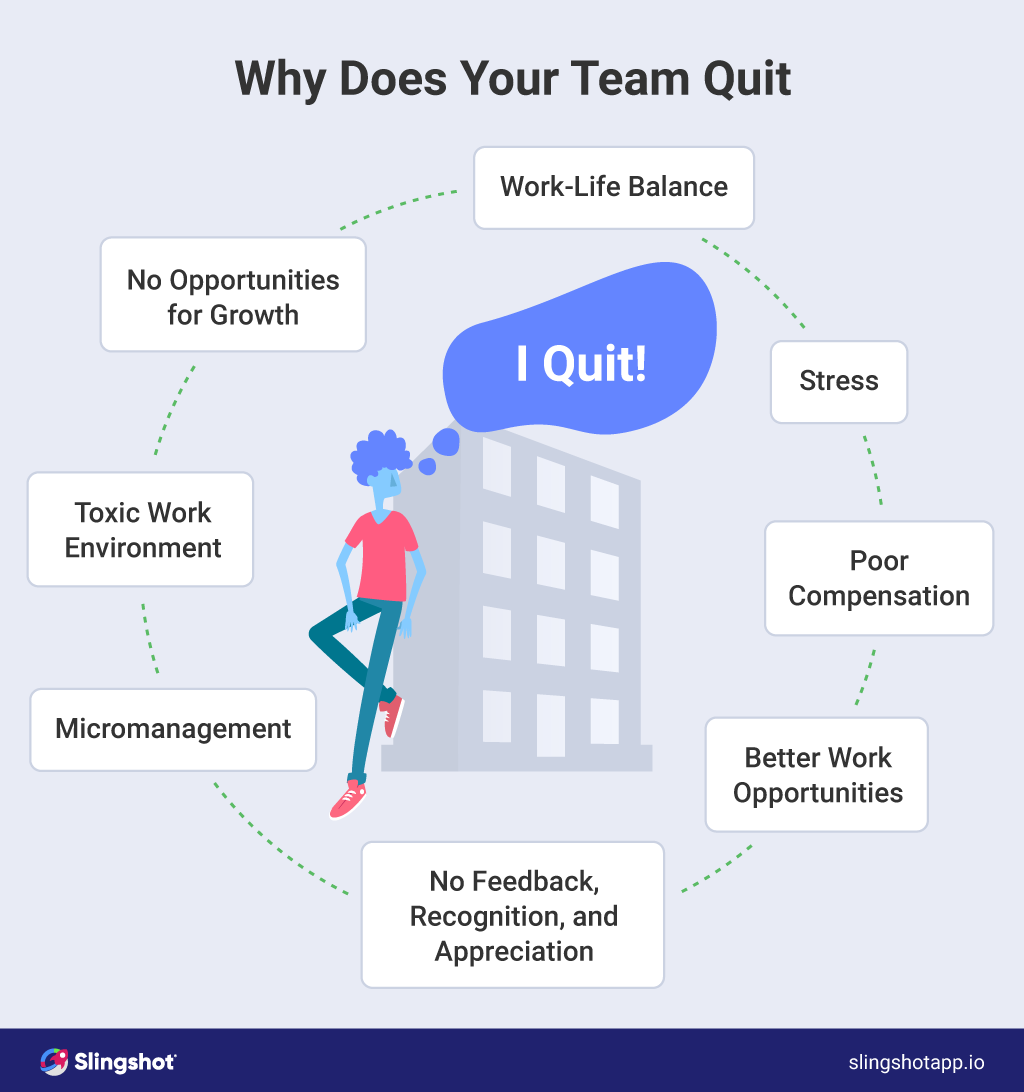
The micromanagement style is a pattern of management behavior marked by excessive supervision and control of employees’ work and processes.
A survey on micromanagement conducted by Trinity Solutions showed that:
Don’t get this wrong, most often micromanagers have good intentions toward their employees and the work in general and often don’t realize that they are micromanaging. However, the problem is that this leadership style seriously impacts team performance, and productivity, and even damages people’s health. No one wants to be micromanaged, going to work with despair, and stress all day long, and having someone looking over their shoulder 8 hours a day. People feel more comfortable performing their duties and more productive in general when they are at peace.
And as micromanagement is a huge problem, we encourage you to check out our Micromanagement guide that goes through the signs of micromanagement, how to deal with a micromanaging boss and how to stop being one yourself.
Following the micromanagement reason for high team turnover, employees experience stress not only when or if they are being micromanaged. Other reasons for stress at the workplace include tight deadlines, changes within the organization (that could be caused by other employees leaving), and heavy workloads. Think about whether you are providing your employees with all the necessary resources they need to succeed in their roles, if their deadlines are realistic, and if you are regularly asking or expecting employees to work on the weekends or after hours?
The industry in which your business is can also be a stressful factor on its own. For example, industries that have the highest turnover rates include retail, hospitality, and construction, all of which are related to high-pressure, ongoing communication with clients/coworkers, etc. Differences in individual characteristics such as coping style and personality are the most important factors in predicting whether certain job conditions will result in stress. What is stressful for one person doesn’t necessarily have to be stressful for another, so managers should also have good evaluating skill to make sure they choose the best candidates for the jobs they are offering.
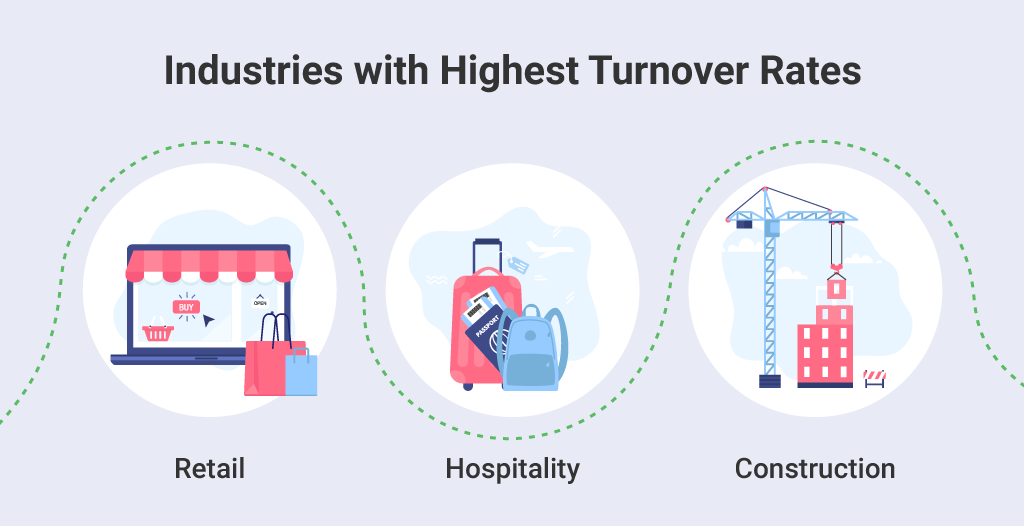
Of course, all jobs have some level of stress – even on good days. But if employees feel tired or sick going to work (or just by thinking of it), or even depressed, that is more than some general level of work stress. Toxic is a strong word that no company wants used when describing its workplace environment and culture. Unfortunately, however, toxic work environment is one of the main reasons people quit their jobs.
All of the already discussed reasons, as well as some of those we’ll discuss next, can play a role in a toxic work environment. Some other features of a toxic work environment include things like gossiping and rumors, unhealthy competition and comparison, no trust between teammates, narcissistic leadership, and employees treat each other with contempt.
Another reason for the high team turnover is that employees don’t see a future for themselves in the company. Employees want to continue developing and growing their skills and having access to such growth and development opportunities is a desire for most. Investing in educating and further developing your employee’s skills is important, but if employees feel stuck, they don’t do or learn anything new, well, you already know what’s going to happen.
Think about whether there is a clear path for career growth and advancements in your company, do you have learning and development programs in place?
Here it is also important to note that if your company can allow itself to go beyond courses and training programs, that would be even better. Personal development, emotional intelligence, and communication skills are also important skills to grow in your employees.
That is an obvious one. If you don’t provide any opportunities for growth and development, and don’t offer competitive compensation, it is only natural for people to look for better work opportunities.
According to the Bureau of Labor Statistics, the average person spends 8.8 hours per day at work – that’s a little over 9,000 hours per year, essentially one-third of your life. So, it is only natural, then, that employees are going to want to choose a job that they not only love, but can also allow them to improve, climb up the organization’s ladder, increase compensation, and decrease stress.
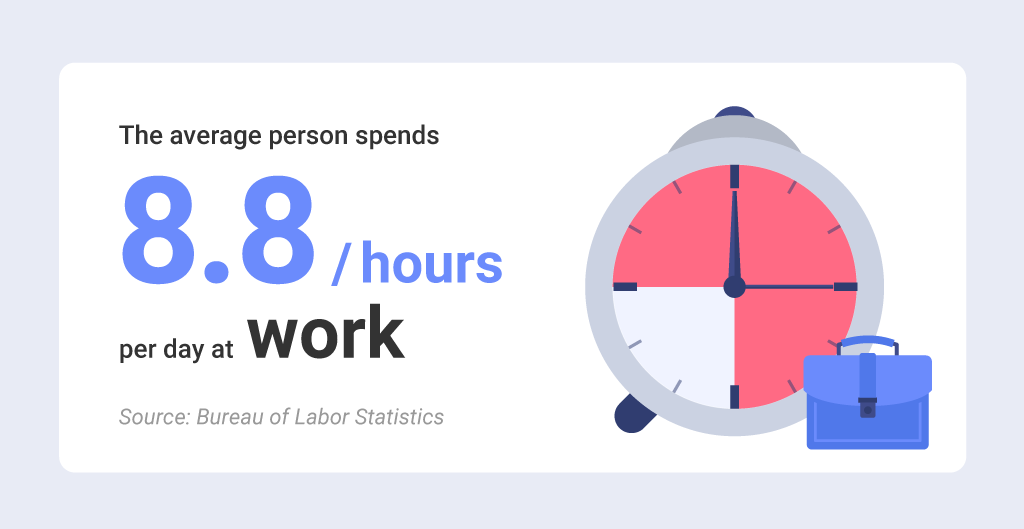
Better work opportunities can also be related to employees finding another job that better corresponds to their skills and needs. A better work opportunity might be an opportunity that gives employees more control and independence, offers a challenge and gets the person outside their comfort zone to do something new, provides a better alignment of company vision/culture with those of the employee, and etc.
A healthy work-life balance deserves more attention than it gets. After all, we all have our personal lives, families, friends, hobbies, duties, etc. We want to and need to take care of outside work. Unfortunately, it is quite common that work dominates people’s lives – that means almost no time for things that personally matter to people or that outside work people are still stressed or affected by things that happened during their workday. And what is even sadder is that such an unhealthy work-life balance often takes a toll on employees’ mental health.
A good employer knows that offering a good work-life balance leads to better performance and increased workplace happiness.
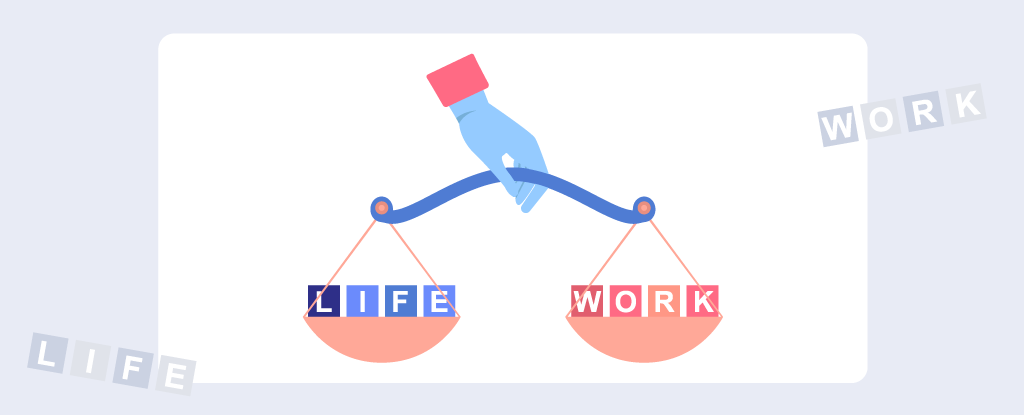
Compensation and benefits are one of the top reasons why people quit their jobs, especially younger employees. Higher base pay has a strong impact on retention because let’s face it, work is mostly selling your skills and time for $$$. So, the higher the pay is, the more likely employees are to stay. Of course, that doesn’t mean that people will still stay if you give them a lot of money, but you treat them badly.
The only thing worse than bad feedback is no feedback at all. If you don’t provide feedback, your employees will lack guidance and won’t know how to better develop their skills and meet expectations.
The lack of recognition and appreciation of what employees are doing is also one of the most common reasons for high team turnover. When employees feel unappreciated, and their efforts are not recognized, they tend to feel invaluable and start seeking another place where they can maybe feel like their work and efforts are being noticed, encouraged, and valued.
Determining why you have a high team turnover is the first step toward addressing the problem and lowering your turnover rate. But how do you maintain a healthy culture of employee retention that encourages your employees to stay, you might wonder.
Nowadays, employees are surrounded with unlimited options when it comes to employment – especially in areas such as IT, marketing, sales, and design. To improve your employee retention rate and lower your turnover rate, you need to invest time, effort, and money into making your employees feel like they’re valued parts of a team, not invisible parts of a machine. By communicating and listening to your employees regularly, supporting career development, creating a culture of mutual care and a transparent work environment you will show your employees the respect, appreciation, and loyalty that they deserve, which, in turn, will make them want to stay.
Another way to support your team to reduce high turnover is to:
Enhancing team productivity is more a function of how much you can empower your team to do their best job without being micromanaged or stressed, for example. Empowered, confident team members that feel appreciated and valued accomplish more and are more productive than those who aren’t.
Here are a couple of actionable tips on how to enhance team productivity and deal with high turnover in your team:
A productivity, team collaboration software gives managers and team members visibility into the entire work process, connecting everyday tasks to the project’s most important objectives. This way, managers can spend less time managing and more time focusing on more important tasks.
Slingshot is an all-in-one productivity tool designed to help teams and organizations produce extraordinary results by improving workflow efficiency with a rich and robust set of integrated features, aligning teams around opportunities to encourage them to reach their full potential, and enabling smart, data-driven decision-making with advanced analytics.
Slingshot simplifies collaboration by incorporating modern project and team file management, chat, and data analytics all within one app. With robust productivity flows out of the box and is designed to work seamlessly to enable continuous collaboration workflows. This helps teams cut across collaboration silos, prevents work disruptions, and makes it easier for teams to work better together.
Here are a few ways in which Slingshot deals with high team turnover:
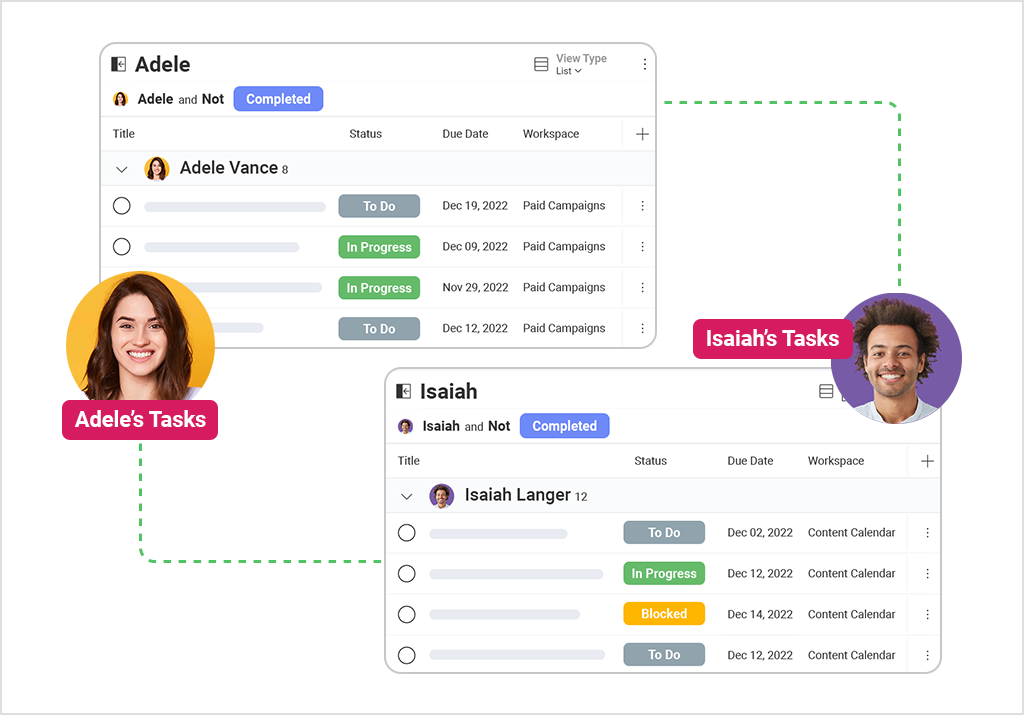
If you want to learn more and see how it works, you can try it today for free and see how Slingshot can help your teams deliver extraordinary results that drive business growth.